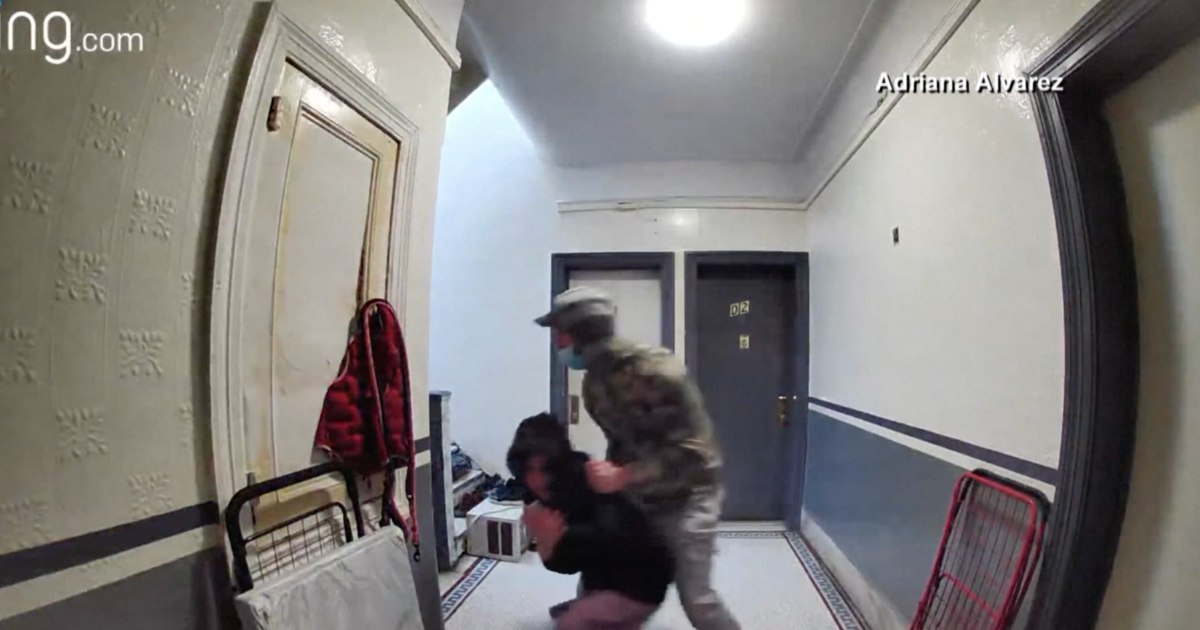Buttons found from the military's clothing in the battle of Las Useras, in Castellón.Clemente González
On July 17, 1839, in Las Useras (Castellón), the armies of Generals Leopoldo O'Donnell and Ramón Cabrera faced each other in the First Carlist War. More than 15,000 soldiers face to face. However, there were hardly any deaths and injuries (41 dead on the one hand and just a couple of hundred on the other, although some source indicates that only seven). An archaeological report has shown that the problem in the battle is that the soldiers on both sides were relatives or neighbors, so they did not shoot or only pretend to aim. For this reason, they dropped the bullets to the ground and fired salvos with weapons, in addition to old ones, with calibers that were greater than the projectiles. Thus, the bullets did not reach the other side because the gases exited from the sides of the barrel.
The royalist army of O'Donnell (who supported the legitimacy of the future Queen Elizabeth II) and the Carlist de Cabrera (in favor of his uncle Carlos María Isidro de Borbón) fired no less than 320,000 projectiles, according to the calculations of the experts. , during the eight hours that the battle lasted.
However, considering the number of dead and wounded, just over 500 bullets were targeted.
The studio
A short distance.
Spherical projectiles in Las Useras Action
, by the archaeologist and historian Clemente González García, reconstructs this surreal struggle.
More information
General Custer did not study Hernán Cortés
The First Carlist War lasted seven years and faced two ideological conceptions: liberalism and absolutism. In the province of Castellón, during this conflict some 400 battles of different entities have been documented. One of these was the one that put an end to the siege of the town of Lucena, where General Pedro Aznar was imprisoned. In the struggle 4,000 traditionalists and 10,000 Elizabethans fought. The area now investigated is a parallelogram four kilometers long and 1,500 meters wide. The area occupies the municipalities of Adzaneta del Maestrazgo, Useras and Lucena del Cid.
In total, “a very abundant and diverse material” has been recovered, some 1,500 objects, among which there are Roman elements (studs from legionnaires' boots or coins), from the Civil War ―June 1938― and, above all, from the battle of 1839. Buttons, coins, fragments of spherical artillery grenades and lead projectiles (495 units) have been documented.
"It is a very numerous set when compared with the findings obtained when studying other battlefields in our country," explains González García, in which muzzle-loading weapons (muzzle-fed rifles) were also used, such as those of Somosierra (battle against Napoleon in Madrid).
Area of the Sierra de la Cruz (Las Useras, Castellón) where the battle took place.Clemente González
Due to the plasticity of lead, when the bullet hits hard surfaces it tends to deform and lose its original shape. This deformation is more pronounced the more kinetic energy the projectile carries. Kinetic energy is directly related to mass but, above all, to speed. Different scientific studies have shown that most muzzleloaders launched projectiles at more than 400 meters per second, a speed that decreased rapidly due to air resistance. The speed is similar to that of a current nine-millimeter bullet, with the difference that the modern projectile maintains that speed for a longer time. Those of the XIX lost most of their speed between the first 30 to 50 meters.
Of the almost 500 spherical bullets found, 35 do not have impact or shot marks.
Why?
These can be cartridges involuntarily lost by soldiers on the battlefield out of fear or nervousness or lost when they sat or lay down.
In addition, since their official use was 12 years, many bullets were broken, which "facilitated the continuous trickle of ammunition losses."
The government soldier, after each combat action, had his supply of ammunition replenished and it is probable that he did not have much interest in picking up the fall or broken.
Not kill the peasant
Another explanation speaks of "the will not to want to kill because of deep-rooted religious beliefs." The German engineer officer Wilhelm von Rahden, of the Carlist army, relates that an enemy soldier deserted. He claimed that he had not fired a single shot at his "Aragonese countrymen", like many others from his company. “There were soldiers who opened fire, but they only fired salvos. They did not introduce the projectile into the rifle, but in a disguised way they threw it to the ground ”, says the archaeologist. The experts have also found another type of projectile - 74 pieces - with slight signs of impact, which shows that they were fired, but they did not hit. The reasons could be that a good part of the gunpowder from the cartridge spilled out of the rifle, which were used with weapons of a caliber greater than its diameter and, therefore,much of the gases escaped through the mouth or that the shot was fired from a long distance.
Of other types of projectiles found - those called "fried egg" due to their deformation - 58 pieces have been documented. They crashed into the rocks with such speed that they softened. They were fired at about 25 meters, in the final attack. For their part, the so-called "tortilla", 59 pieces, were fired only 15 meters away. “Which is significant and perhaps an indicator of extreme violence during the war episode, with abundant shots being fired at very close range. Something that, according to General O'Donnell, did indeed happen during a bayonet charge.
Not all projectiles were made of the same material.
They were made of bronze, of pure lead, of cloudy lead, and of grainy lead.
Cigars are the most abundant, almost three out of four.
Bronze projectiles, unique to the Carlists, had very little range due to their low mass, hardness, and spherical imperfection.
Therefore, it is clear that these could only be useful at very close range or point-blank range, always below 10 meters, and that they were not the most appropriate to face an enemy that could shoot from much further away and with greater precision. .
State in which the various types of bullets used in the battle of Las Useras (Castellón) were found.
The result of the battle, due to the imprecision of the weapons, was 207 wounded, 53 bruised and 41 dead among O'Donnell's troops, because “with such projectiles, the range and precision of the Carlist shots would be seen very affected and, without a doubt, they would be inferior to those of their opponents ”.
Cabrera, in his official part, tried to hide the losses and only recognized seven dead and 114 wounded.
But his own Engineer Commander raised the casualties to 700. It seems logical that “in retreat and fleeing”, as O'Donnell stated in the official report, the rebel losses were much higher than those of the Elizabethan army, since as stated by the prestigious military historian John Keegan, "soldiers die in great numbers when they flee, because it is by turning their backs on the enemy that they are least capable of defending themselves."


/cloudfront-eu-central-1.images.arcpublishing.com/prisa/FY5V6P4GBFGVTJRMTBS4UOIEDA.jpg)


/cloudfront-eu-central-1.images.arcpublishing.com/prisa/XOCFAYPRIQDLM7PDZZL34XDWTI.jpg)









